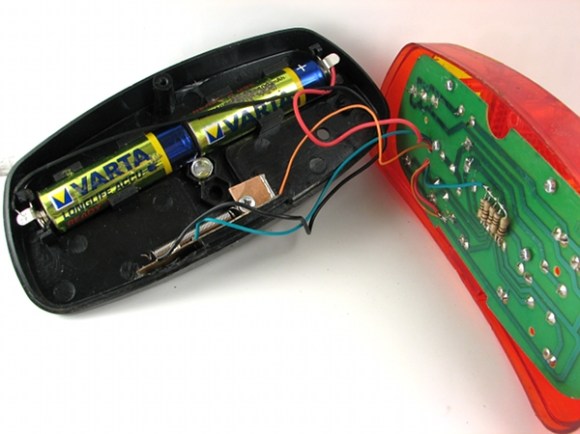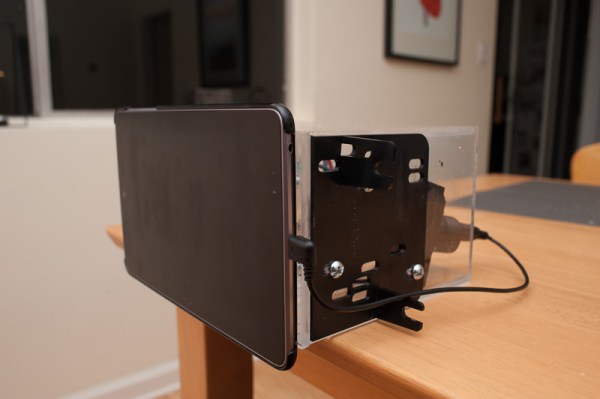
So what’s the first thing you do after completing your propeller driven land tricycle build? Head on over to the Starbucks drive through and see what kind of response you get from the workers. That’s exactly what the guys from North Street Labs did. You can see the response in the clip after the jump.
Having three wheels and being moved by an electric motor with a propeller led to the name TriFly. The build is their entry in The Deconstruction, a build contest which includes other entries like the Beer pouring machine we featured on Monday. Aside from the fun with the final project, NSL’s well-produced video includes a quick trip through the fabrication process. They did a great job making the machine about 40% street legal and it’s obvious they had a blast while doing so.
Continue reading “NSL Takes Their Propeller Driven Car To The Drive Through”
















